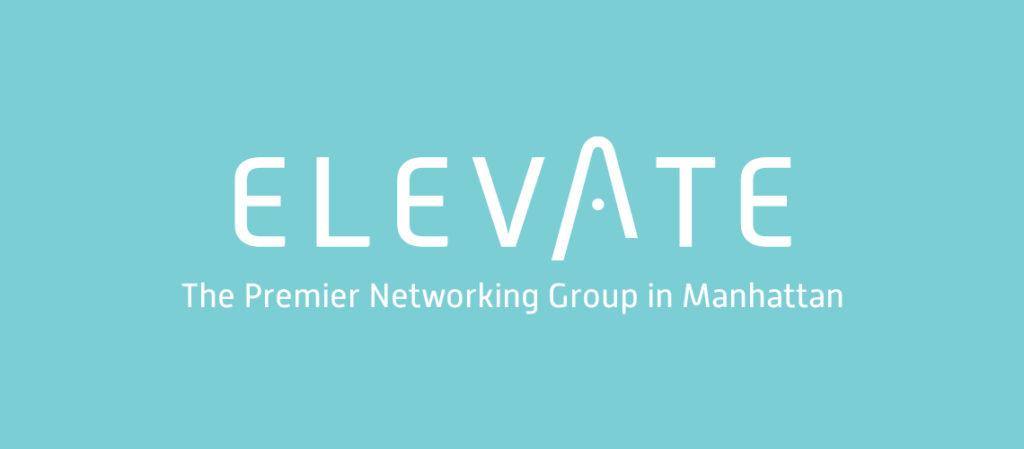The word “point,” has a few meanings. It can be a noun or a verb, and it can refer to the focus or purpose of something – the main idea. It can indicate the position of a player in a sport like basketball. Through the course of play, at times you want to get the ball out to the point. And it can speak to the direction of someone or something – an arrow or a vehicle may point North, for example.
When we’re kids, we’re taught that it’s not polite to point. And in transformational work, it’s sometimes said to be mindful of your own side of the street. That when we point our finger at someone, there’s actually *three* fingers being pointed back at us.
Today, I want to look at “pointing,” through the lens of our automatic tendencies, with an intention of expanding our range.
First of all, how many people here know that when something goes wrong, when a problem arises, the first place they look is themselves? It may occur like self blame or feeling guilty? Got it, thanks.
And how many people know that when responsibility needs to be taken, or blame needs to go around, the tendency is to immediately go looking over there, on the other side? Great, thanks.
Now as a coach, I do believe there’s always value in owning as much of our stuff as we can – because it tends to allow for a greater access to positive change – for the sake of today, let’s say it doesn’t matter. Whether you point outward or inward, what matters is where you go first – where you *tend* to go.
Once you’re clear about what direction your natural pull is towards, my challenge is to practice going the other way.
In other words, for those who put your hands up and owned that they often look to others in the dynamic, take on a practice of seeing what you can be responsible for.
And for those who know they are quick to throw themselves under the bus, I invite you to look up and out at how others are showing up. And to allow space for the possibility that you’re not alone in how it’s gone.
Now, this is simply a practice of awareness. I’m not saying you should necessarily start vocalizing your opinions differently – though you could if it makes sense.
The main idea here is to expand our range because it actually allows for greater effectiveness, authenticity, and thus connection. When we consistently go with how it usually goes, we can end up in a more static position. By practicing something outside our automatic, we become more on purpose and have access to a more fluid dynamic. And that can lead to better communication and stronger partnership.
Thanks for playing. And for taking a look.
Here’s to connection, partnership, and practicing being on purpose.
Because after all, that can impact our businesses.
And ultimately, that’s the point!

